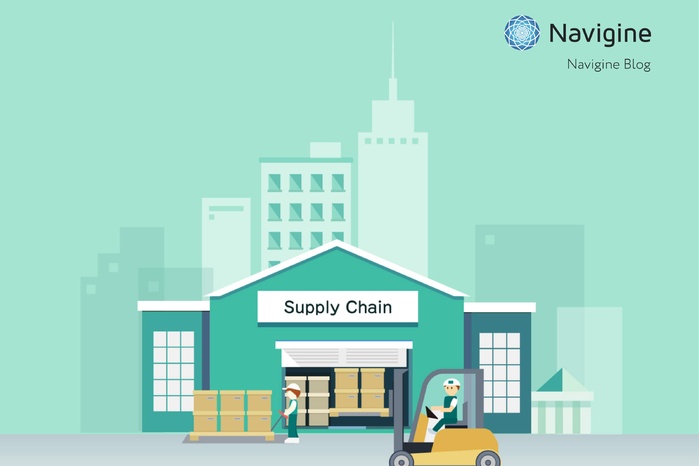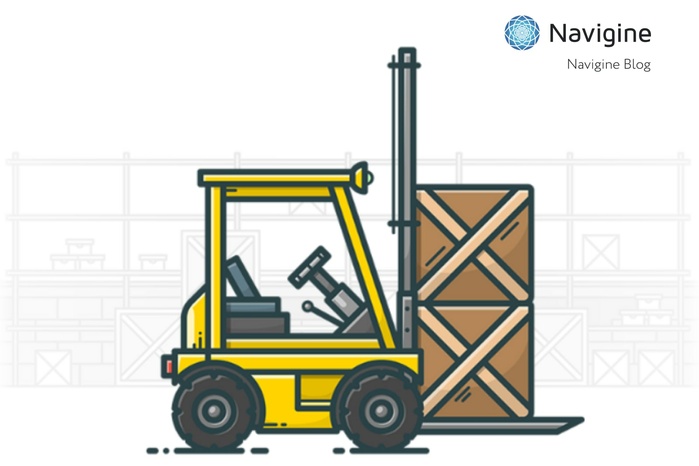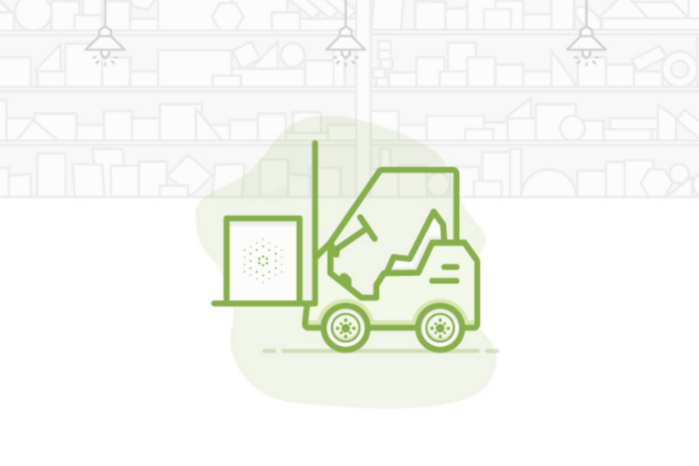RFID is a present-day radiofrequency object identification technology based on special tags that are placed on the object and ensure automated data scanning. In recent years the system has been widely used in many spheres. Of particular relevance is its usage for the automobile sphere – for showrooms, service stations, private parking lots. Vehicle tracking using RFID allows defining the exact location of vehicles and performing their monitoring in real-time.
RFID features relevant for showrooms
Automotive RFID systems go far beyond just simple lifting gates at service stations. Thanks to the information obtained using radio signals one can control vehicle access to the territory, track its movement and identify it clearly inside buildings.
Tracking vehicle movement inside and outside buildings
The platform has a wide range of options for automotive tracking – in closed parking lots and inside service stations. The technology works best both for showrooms and car rental companies. Using RFID, such companies can get some advantages:
- working process optimization;
- inventory management automation (eliminates delays in servicing clients);
- enhancing staff accountability;
- reducing equipment and workforce costs.
In addition, showrooms get a possibility to monitor the information on a car while servicing – similar to the apps for uncompleted production at enterprises.
Access control
It isn’t an easy task to control the access of vehicles to certain places, such as parking garages. However, radio frequency identification makes it possible to get this data and increase the safety of the place. The system can always know where and when the vehicle was within the specific area. RFID tracking software solutions are relevant not only for commercial enterprises but also for state bodies. Their implementation allows companies not only to track effectively vehicles coming in and out but also reduce the company’s expenses.
Vehicle identification
The modern vehicle tracking system using RFID makes it possible to identify vehicles fast. Transport detection is carried out in different ways depending on the industry. For example, car washes can use RFID tags in the form of labels on the windscreen for identifying the cars participating in loyalty programs. A special identifier, programmed in the tag, is used for this. The label on the windscreen can perform two useful functions – visualizing the car wash, where the client has the loyalty program, and advertising this company while driving around the city. Such an approach turns a two-sided RFID tag into an ideal tool for developing your business.
RFID positioning for vehicles: working principles
RFID is a new effective alternative to the old bar-code tracking technology. It differs in the simplicity of service and doesn’t require big implementation costs.
System operation principle
RFID tags are small, mail stamp-sized readers that are placed on the window of the vehicle ID number. They can store a great amount of information – the make and the model of the car, location, color, fuel supplies. Using radio waves, tags are connected to the reader installed on the territory. As soon as the car with the identifier passes the reader, the equipment receives the data from the tag and sends it to the server tracking the transport activity.
Tags are activated/deactivated using special software. Readers have a working range of 4-27 m and are usually installed at entrances to the territory. If the enterprise occupies a big square, readers can be deployed in several places.
How to install a tag?
The success of RFID monitoring largely depends on the right tag arrangement. Not all identifiers are the same, so their position is chosen taking into account the set tasks. There are three types of tags:
- On the windscreen – fixed with glue and placed in the top left or right corner. The scanning range is about 5 m. For better scanning, the reader is placed above the driver’s head or at the nearest side to the tag. Antennas have to be at an angle to the vehicle.
- On the rearview mirror – attached to the mirror and scan the data at the distance of 5-6 m. The reader can be placed at any side but its antennas have to be directed to the car.
- On the car number plates – attached on the rear car number plates and are identified when the car is moving away from the reader. The antennas of the reader are placed at an angle to the vehicle as they scan the information while passing by the equipment.
Learn more about RFID alternative technologies.
Navigine case for an auto repair shop
To understand how the RFID vehicle tracking system works, let’s consider its operation principle on the example of the case from Navigine for an auto repair workshop. Originally the task was to create a unified data conveyor that would follow the vehicle at all stages of service. At that moment the workers of the service station faced many difficulties – there was no possibility to register transport, it could be lost on the road, car mechanics were not able to understand who and what had to do.
The optimal solution in the given situation was the Navigine tracking system which, despite being developed for indoor positioning, became a multi-format tool with wide functionality. Navigine specialists managed to implement effectively the software into the service station performance. As a result, the company got a possibility to monitor any activity with a car – from the moment of its coming to the station till leaving the territory after servicing.
The main working principle is the following: after entering the service station the car is equipped with the tag that tracks the car in any zone and shows its location in real-time. The system automatically detects the time spent by the car in any zone and sends the signals in case the car is in some zone for a long time.
The system implementation allowed the workshop to monitor the work of the service and get detailed analytical reports on servicing clients. The company got some significant benefits:
- Cutting down labor costs by 30
- Reducing the time for driving (from 20 to 3 minutes).
- Possibility of tracking internal guidelines.
- Cutting down costs on spare parts and consumables.
- Improving the quality of service.
The given example is far from the only case from Navigine. We specialize in implementing new solutions in the sphere of navigation and offer special systems using RFID for accurate positioning that ensure the effective development of business processes.




